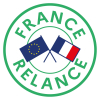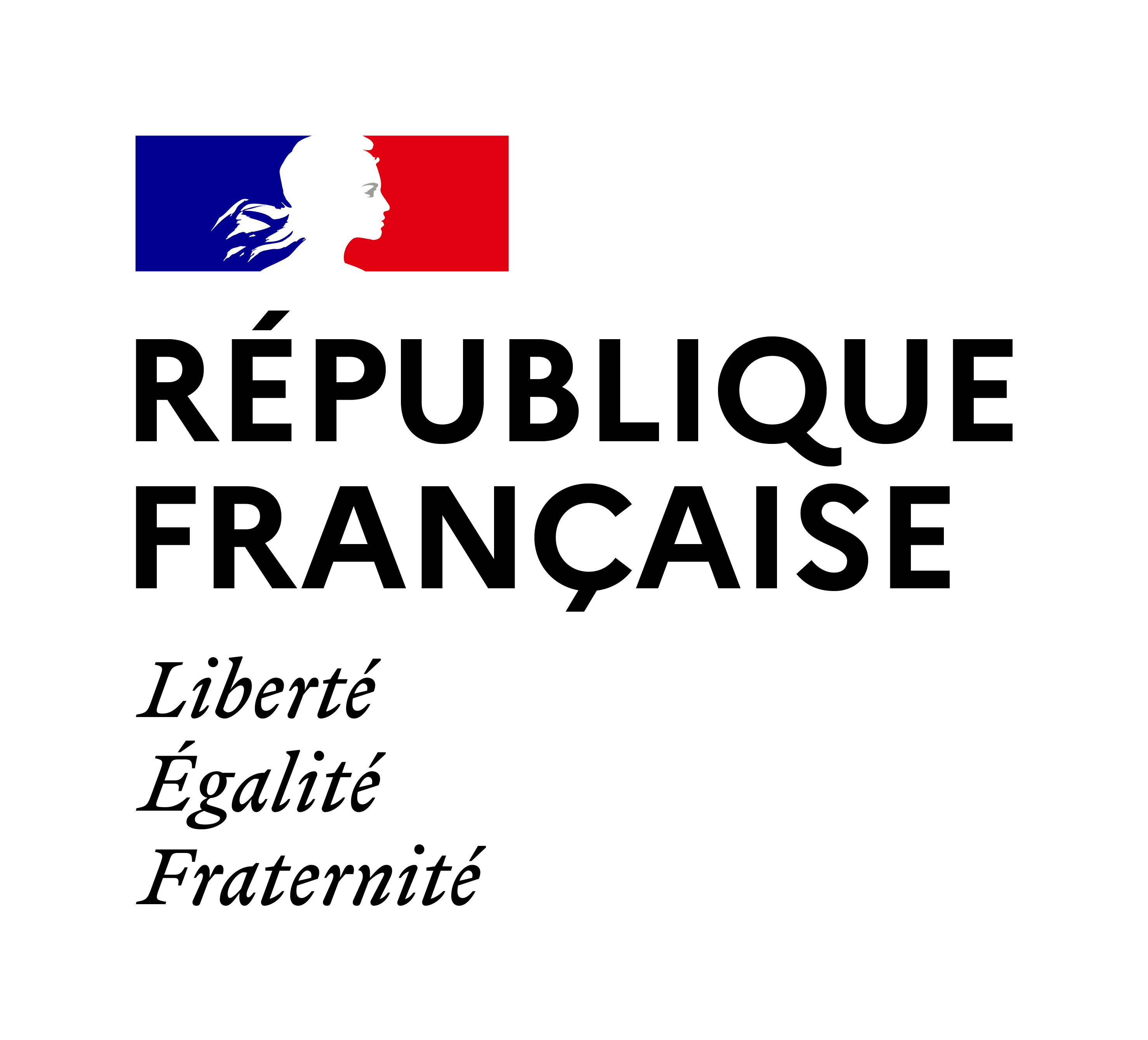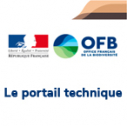Experimental restoration of a landfill on île d'Ouessant


Experimental restoration of a landfill on the island of Ushant
For more than 70 years and until recently, a crevice in the cliff on the tip of "Bougeo Ar Pebr" on the south-east side of Ushant Island has been used as a public dump. Communicating with the sea below, the accumulated waste is regularly loosened and carried away by storms and tides.
Over time, the site has become unstable. The sides of the chasm are sliding towards the sea, risking the potential spillage of 8,000 m3 of waste and rubble into the waters of the Iroise Natural Marine Park, in the immediate vicinity of the Iroise National Nature Reserve.
Similar situations are observed at other coastal sites in France and Europe, where rising sea levels are uncovering former coastal dumps.
This restoration project is experimental in nature, due to the human and technical challenges to be met in an environment where there are many hazards and constraints. Its feedback will therefore be a useful source of information for all local authorities and coastal managers, who will be increasingly confronted with the need to clean up former landfill sites.
Support from "France Relance” plan
The France Relance plan, announced by the Government on 3 September 2020, provides for a financial envelope of €2.5 billion, partly dedicated to mobilising the recovery of biodiversity in our territories.
The French Office for Biodiversity is notably in charge of implementing the actions of the "Protected Areas" component for a total amount of €19M of commitments over the period 2021-2022. This project falls entirely within the framework of the "biodiversity - protected areas" component of the French State Recovery Plan implemented by the OFB.
It is fully financed by the France Relance plan for a total cost currently estimated at 2 million euros.
A Herculean task
The work to be carried out in the first phase is the removal and sorting of the waste accumulated in the pit but also in the soil around the hole.
The waste is then transferred to the mainland for treatment and recovery. The waste from Bougeo ar Pepr is very diverse and some of it is hazardous. The company "Le Floch dépollution" was chosen after a public procurement procedure to remove and sort the waste. The routing of what will be exhumed from the former landfill site to treatment or, if necessary, recovery channels, is part of the tasks assigned to this service provider.
The waste is sorted manually and mechanically, by size and also sorted by type of material, stored and then transported to the mainland for recovery where possible. Hazardous waste, such as asbestos, is treated in a specific way.
Achieving “good ecological status”
If all waste is removed the site can be returned to its original state.
If all waste cannot be removed, the site will be secured and renatured.
The renaturation of the site will be achieved through field operations aimed at achieving good ecological and landscape status. This phase, known as "renaturation", will be achieved in particular by encouraging the recolonisation of the environment by the species that have suffered the ecological disturbances. The renaturation of the site is expected by June 2022.
The environmental benefit expected from this project is significant:
- Stopping the spread of waste in the marine environment
- Removal of waste with long and continuous negative impacts on both habitats and species, including asbestos and plastic
- Return of the site to a good ecological and landscape state
- Renaturation and protection of the site after the worksite by enforcing a ban on access to the site by motorised vehicles
Initiating a virtuous circuit in the Iroise
The underlying theme of this project is to report on the difficulties encountered and the results obtained. The experiences gathered during this project will be shared through the creation of several materials which will be presented at the end of the project. The experimental nature of this project gives us the opportunity to pass on any information that could be useful to communities or partners facing similar problems.



